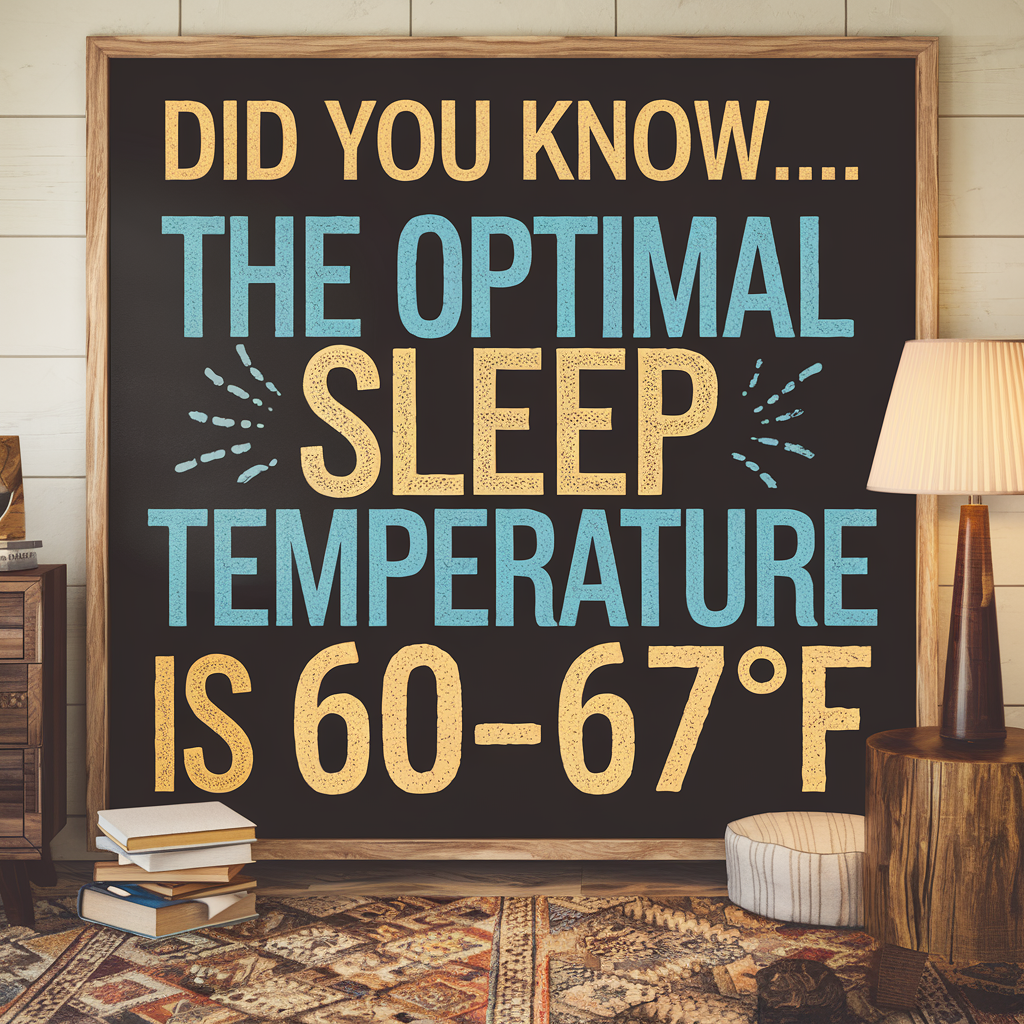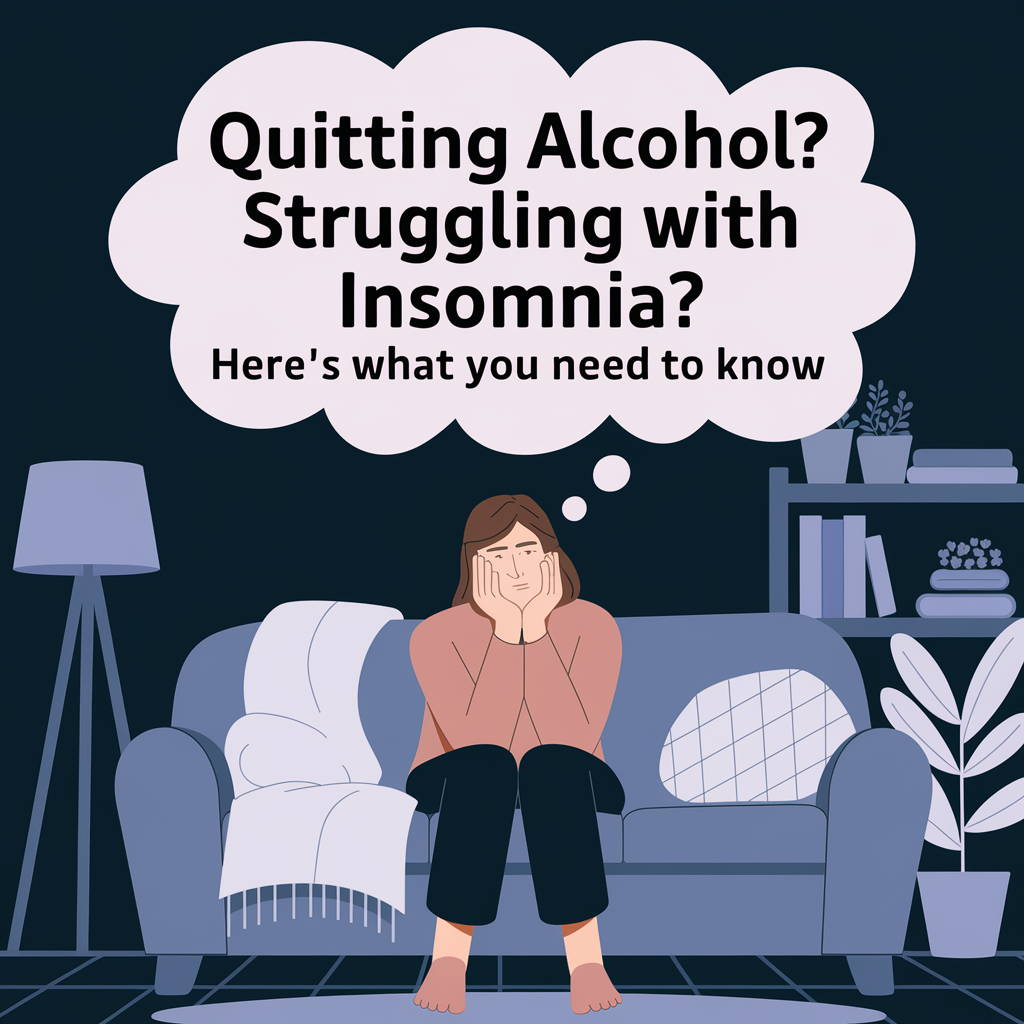
Is sleeping with lights on really that bad?
For the longest time, I didn’t think twice about it. I’d fall asleep with the hallway light still on or the soft glow of a lamp in the corner. Sometimes it felt comforting—like a little nightlight for adults. But after weeks of waking up tired, foggy, and kind of out of it, I started wondering if sleeping with lights on was actually messing with me more than I thought.
Turns out, it was.
Even when you’re asleep, your brain isn’t fully off. It’s constantly picking up on signals in your environment—especially light. And that soft little glow you think isn’t a big deal? It might be the reason you’re not feeling truly rested. I didn’t want to believe it at first, but once I made a few small changes, my sleep quality completely shifted.
If you’ve been waking up feeling like you barely slept, or you constantly need a nap even after a “full night,” this could be one of those sneaky reasons. And don’t worry—if you’re used to keeping lights on at night, I’ve got a few easy ways to adjust without making your room feel scary or pitch-black uncomfortable.

How sleeping with lights on affects your sleep quality
Once I dug into the research, I was honestly shocked. Sleeping with lights on doesn’t just make your room look a little cozier—it actually throws off your entire sleep cycle. And for me, that meant I wasn’t getting the deep, healing rest I thought I was.
Here’s how light impacts your sleep—even when your eyes are closed:
1. It disrupts melatonin production
Melatonin is your brain’s natural “sleep hormone.” It starts rising when it gets dark, helping your body wind down. But light—especially from bulbs, screens, or outside—tells your brain to hit pause on melatonin, making it harder to fall into real rest.
2. It keeps your brain slightly alert
Even dim light can keep your nervous system on standby. That means lighter sleep, more frequent wake-ups, and less time in those deep, restorative stages.
3. It confuses your internal clock
Your circadian rhythm relies on light cues. When your body thinks it’s still daylight, it delays your sleep timing and throws off your rhythm—making it harder to fall asleep and harder to stay asleep.
I started closing my custom blackout curtains every night and made sure no extra lights were glowing in the room. Within a few days, I felt like I’d flipped a switch on my sleep quality. No joke—my dreams were clearer, I stopped waking up randomly, and I actually felt awake in the morning.
And if your issue runs deeper—like anxiety keeping you up and lights on for comfort—I wrote about that too: Can’t sleep because of anxiety at night? Try this instead. It’s not just about turning the lights off—it’s about calming everything down, inside and out.

What kind of light is worst to sleep with?
Not all light is created equal—especially when it comes to how it affects your sleep. I used to think a soft TV glow or a hallway nightlight was harmless. But once I looked into how different types of light mess with sleep, I realized some were way worse than others. And yep, I was using all of them.
Here’s what I learned about the kinds of light you don’t want in your room when you’re trying to sleep:
1. Blue light from screens
This one’s the biggest offender. Phones, TVs, tablets, and even LED lights emit blue light that suppresses melatonin and keeps your brain alert. It tricks your body into thinking it’s still daytime—even if it’s midnight.
2. Overhead or bright white lighting
That overhead light you forget to switch off? It’s way too intense for a sleep setting. Even a few minutes under it before bed can delay your ability to fall asleep.
3. Cool-toned night lights or motion lights
Even some nightlights give off the wrong type of light—cool, blueish hues that mess with your circadian rhythm more than you realize.
So, what’s safe? If you need a little light for comfort or nighttime navigation, choose a dim red or amber light. These colors are least likely to affect your sleep hormones. I actually keep a red nightlight in the bathroom now so I’m not jolted awake if I get up in the middle of the night.

And if the glow is coming from outside—like streetlights or porch lights—this is exactly where blackout curtains saved me. They completely blocked out the weird glow that used to creep through my blinds and mess with my sleep cycle.
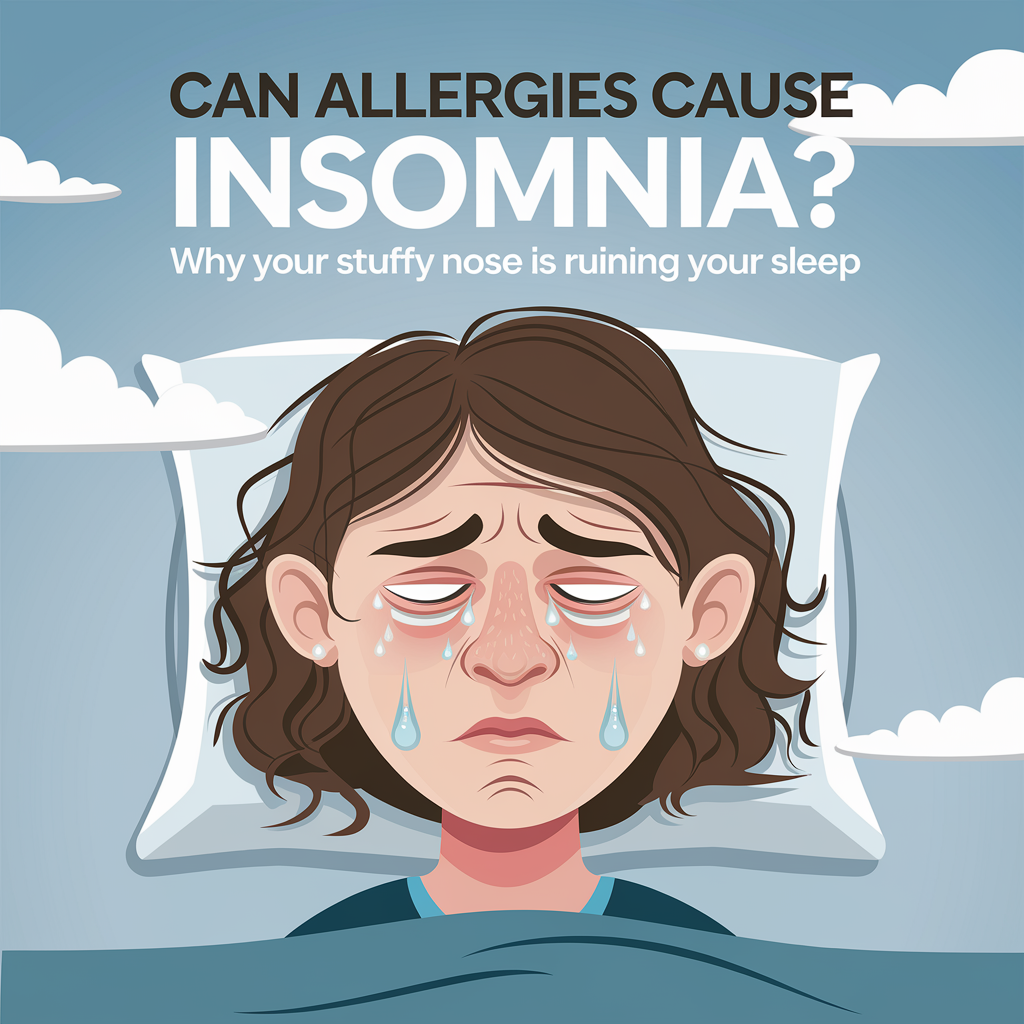
Why I stopped sleeping with lights on (and what I do now)
For years, I didn’t think twice about it. A little light felt normal, especially if I was feeling anxious or couldn’t fall asleep. But after a while, I started noticing that I’d wake up more often, feel groggy no matter how long I slept, and have a hard time focusing the next day. That’s when I finally made the switch—and now I’ll never go back.
Here’s what I changed:
1. No light in the bedroom, period
I unplugged chargers with LED indicators, ditched any glowing devices, and started closing my custom blackout curtains every night without fail. The difference in sleep quality was immediate.
2. Soft lighting only during wind-down time
About an hour before bed, I switch to warm-toned lamps or salt lights to help signal to my body that sleep is coming. It’s relaxing and actually helps me fall asleep faster.
3. A bedtime routine that doesn’t include screens
No more falling asleep with the TV on. No more scrolling while lying in bed. I swapped that for reading, journaling, and breathing exercises—and honestly, it feels so much better.
If you’re used to sleeping with lights on, I get it. But once I made the switch and stuck with it, I started waking up feeling clear, rested, and actually ready to face the day. And that’s something no nightlight ever gave me.
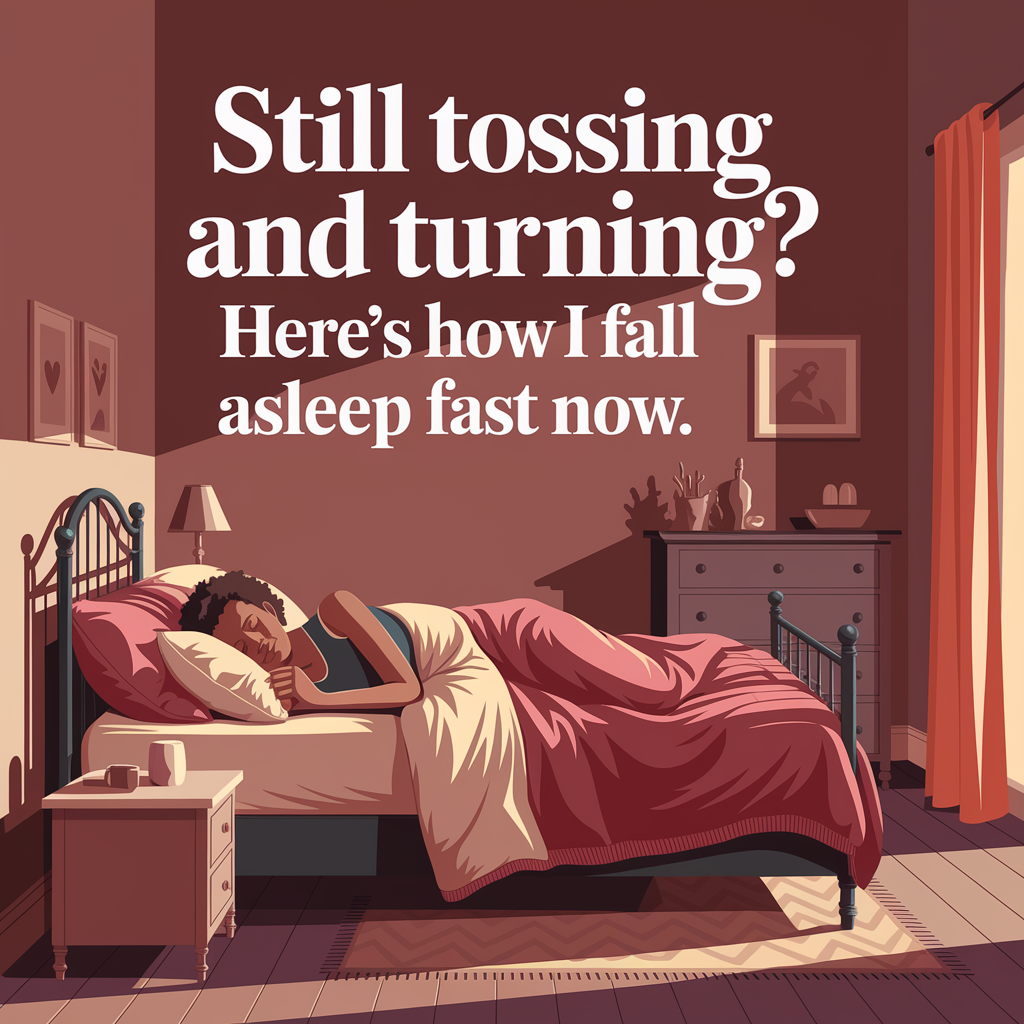
Can sleeping with lights on lead to long-term issues?
This part hit me harder than I expected. I figured sleeping with lights on just made me a little more tired—not a huge deal, right? But once I looked into the long-term effects, it honestly freaked me out a bit. What seems like a harmless habit can quietly mess with your mental and physical health over time.
Here’s what I found out the hard way:
1. Increased risk of anxiety and depression
When your body doesn’t get quality, uninterrupted sleep, your brain chemistry takes a hit. Studies show that light exposure during sleep can disrupt neurotransmitters tied to mood—making you feel more anxious, irritable, or even depressed. I lived this. My mood was all over the place until I changed my sleep setup.
2. Higher risk of weight gain and insulin resistance
I was surprised by this one. Sleeping with lights on has been linked to metabolic changes, including trouble processing glucose and increased cravings the next day. Your body needs deep, dark sleep to properly regulate these systems.
3. Suppressed immune function
Your immune system does a ton of repair work at night—but only if you reach those deeper stages of sleep. Light during sleep keeps you in the shallow stages, leaving your body in a constant state of low recovery.
4. Disrupted hormone cycles
It’s not just melatonin that takes a hit—other hormones, like cortisol (your stress hormone), can get out of sync too. That leads to feeling wired at night and drained during the day.
It wasn’t until I made my room completely dark using blackout curtains and changed how I approached bedtime that I started feeling like myself again. No more waking up in a fog. No more dragging through the day wondering what was wrong.
And if anxiety plays a role in why you keep the lights on, I totally get it. That was part of it for me too. If you haven’t seen this yet, I wrote about how I finally got control over that night spiral in this post about anxiety at night. You don’t have to live in that loop forever.
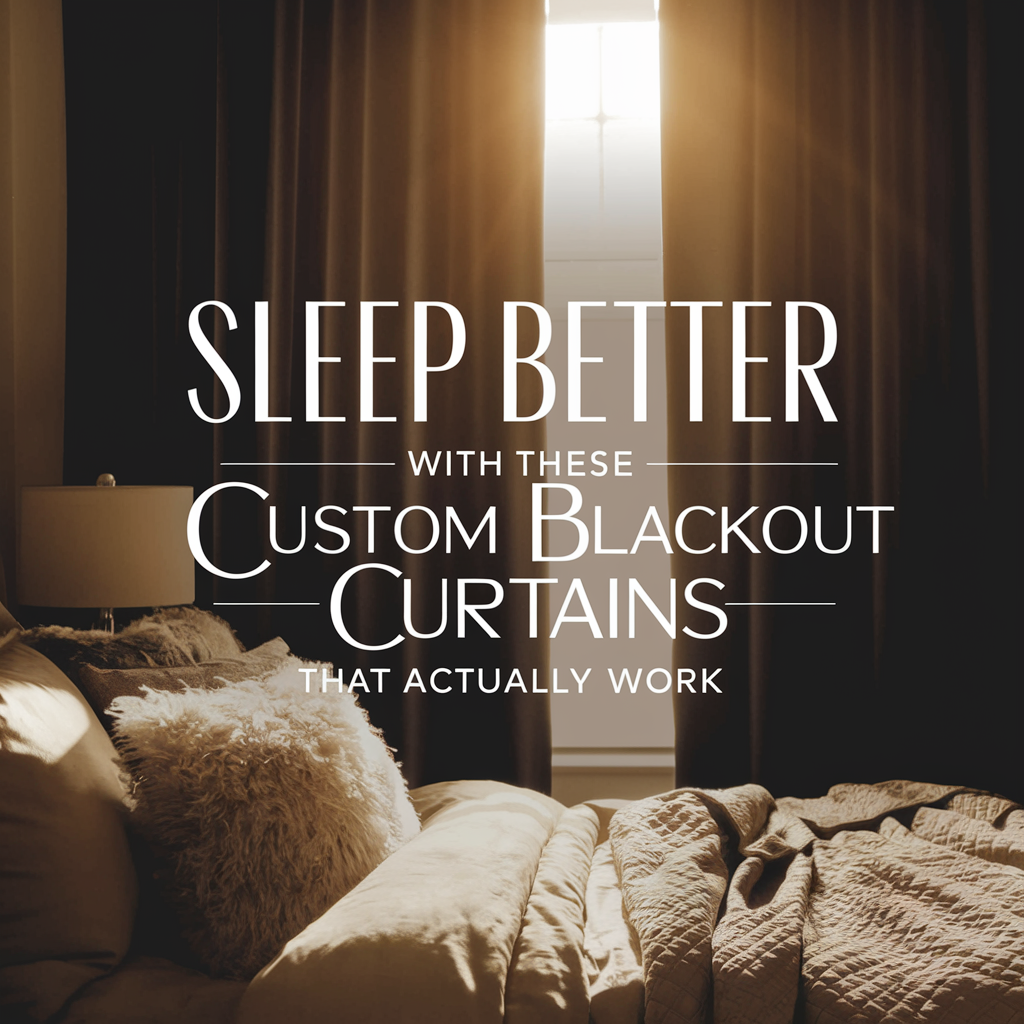
How blackout curtains helped me sleep deeper
Out of all the things I tried to fix my sleep, blackout curtains made the fastest impact. I didn’t expect it, honestly—I thought they were just for people who worked night shifts or lived in cities. But once I put them up and sealed out all the outside light, I couldn’t believe I hadn’t done it sooner.
Here’s what changed after I started using custom blackout curtains:
1. I stopped waking up randomly
Before, a passing car’s headlights or my neighbor’s porch light would jolt me awake—sometimes without me realizing it. Now? My room stays consistently dark, and I sleep straight through the night.
2. I fall asleep faster
When the room is pitch black, my brain gets the “it’s time to shut down” message almost immediately. It’s like flipping a switch. No more lying there for an hour waiting to drift off.
3. I feel more rested in the morning
It’s not just about how long you sleep—it’s about how deep you sleep. Since using blackout curtains, my sleep feels deeper, and I wake up way less groggy.
Honestly, if you’re trying everything else but your room is still bright, this one upgrade might be what turns your sleep around. And it’s not just about blocking light—it’s about finally giving your body the dark, quiet space it needs to fully rest.
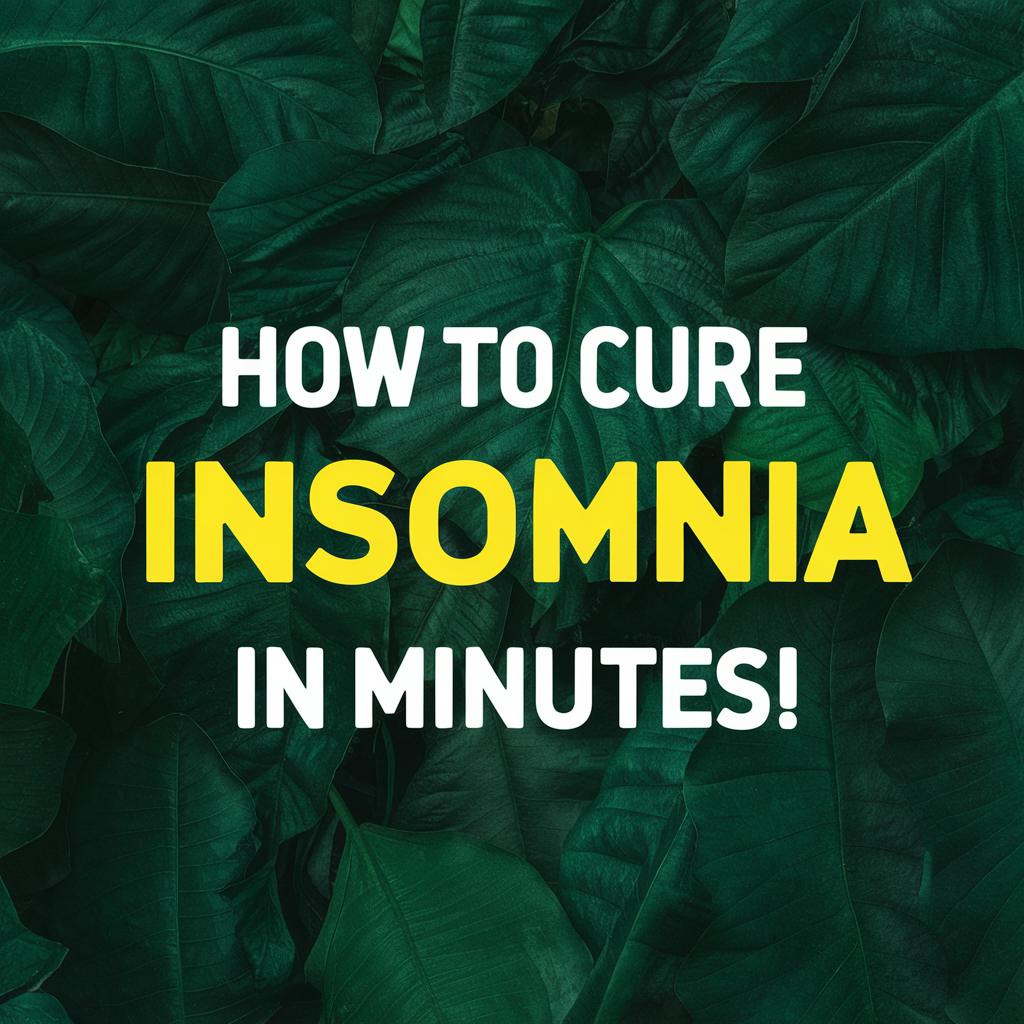
What to do if you’re scared to sleep in the dark
If you’re anything like I was, the idea of total darkness might make you uncomfortable—especially if you’ve been sleeping with lights on for years. It’s not always just about light. Sometimes it’s about the feeling of safety. For me, turning off every light in the room felt unsettling at first, like I was losing my “comfort zone.”
But good news—you don’t have to go from bright room to pitch black overnight. There are ways to ease into deeper, darker sleep without triggering anxiety.
Here’s what helped me get there:
1. Use a dim, red nightlight if needed
Red light doesn’t interfere with melatonin the way blue or white light does. I used a tiny red plug-in nightlight across the room at first and slowly weaned off it as I got more comfortable.
2. Keep a flashlight nearby
Just knowing I had a flashlight within reach made me feel more at ease. I didn’t even use it—just knowing it was there helped.
3. Pair darkness with calming sound
White noise, ocean sounds, or soft instrumental music gave me the comfort I used to get from light. Now I associate that sound with sleep instead of a glowing lamp.
4. Adjust slowly
If you’ve been sleeping with lights on for years, don’t flip the switch all at once. Start dimming things down earlier in the evening. Use soft lamp light instead of overhead lights. Give your brain time to associate lower light with winding down.
5. Create a secure, calming sleep space
The more peaceful your room feels, the easier it is to be in the dark. I added blackout curtains for darkness, a soft blanket I love, and cleared clutter. Now my room feels like a retreat instead of a place to feel anxious.
Darkness doesn’t have to feel scary. With a few small changes, it can start to feel like the exact thing your brain and body have been craving.

My go-to bedtime routine for deeper sleep
Fixing my sleep wasn’t just about turning off the lights. It was about replacing chaos with calm. Once I started a real bedtime routine, I noticed that my sleeping with lights on habit faded naturally. I didn’t need the glow anymore—my body and mind had a new way of winding down.
Here’s what my sleep routine looks like now:
1. 9:00 PM – Screens off
This was tough at first, but cutting out TV and phone scrolling an hour before bed made a massive difference. Blue light and endless content kept my brain overstimulated.
2. 9:15 PM – Warm lighting only
I turn on a soft salt lamp and switch off all overhead lighting. The room starts to feel cozy and safe. No stress, no harsh light.
3. 9:30 PM – Light stretching + journal
Just 5–10 minutes of stretching and writing out any anxious thoughts helped calm my nervous system and quiet my mind.
4. 9:45 PM – Curtains closed, room cooled to 65°F
I shut my blackout curtains and make sure the room is cool and still. That physical environment tells my body it’s time to let go.
5. 10:00 PM – In bed, breathing or soft sound
Some nights I do 4-7-8 breathing. Others, I listen to nature sounds. Either way, I let go of the day—and sleep usually follows fast.
If you’re still struggling to wind down, this post on how I finally stopped tossing and turning breaks down how I built this routine and why it worked better than anything I’d tried before. It’s not about perfection—it’s about peace.
As an Amazon Associate we earn from qualifying purchases through some links in our articles.
